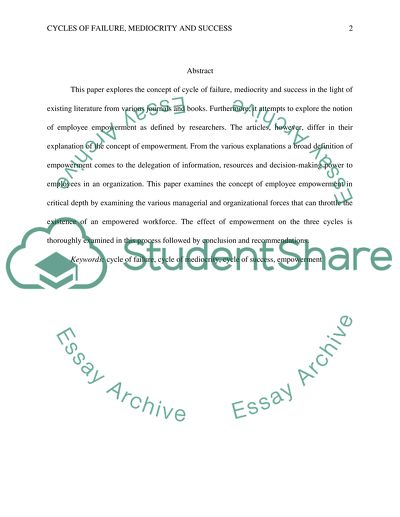Cite this document
(“Cycles of Failure, Mediocrity and Success and the Role of Staff Essay”, n.d.)
Retrieved from https://studentshare.org/marketing/1455688-cycles-of-failure-mediocrity-and-success-and-the
Retrieved from https://studentshare.org/marketing/1455688-cycles-of-failure-mediocrity-and-success-and-the
(Cycles of Failure, Mediocrity and Success and the Role of Staff Essay)
https://studentshare.org/marketing/1455688-cycles-of-failure-mediocrity-and-success-and-the.
https://studentshare.org/marketing/1455688-cycles-of-failure-mediocrity-and-success-and-the.
“Cycles of Failure, Mediocrity and Success and the Role of Staff Essay”, n.d. https://studentshare.org/marketing/1455688-cycles-of-failure-mediocrity-and-success-and-the.


